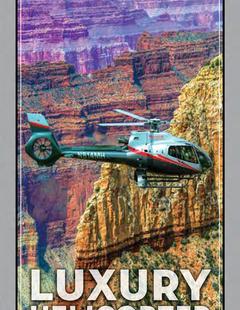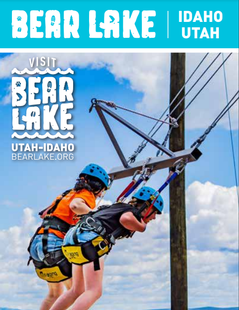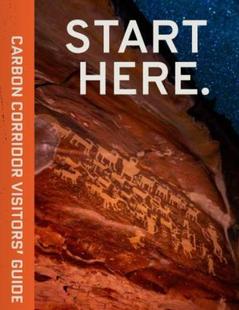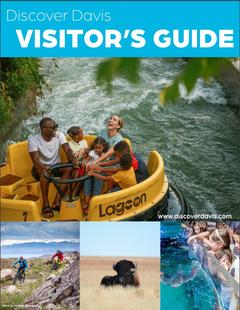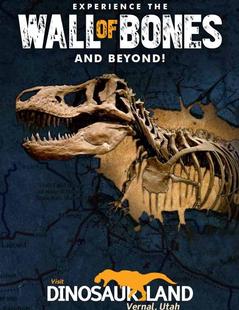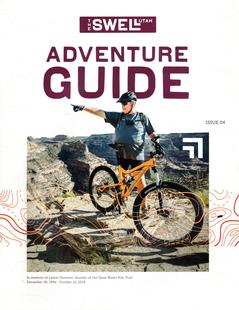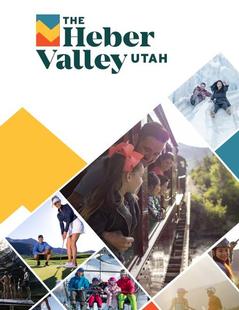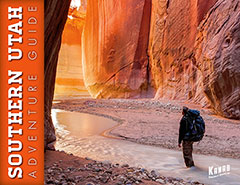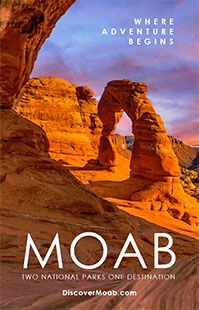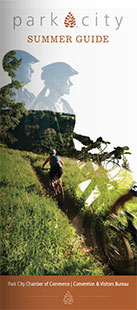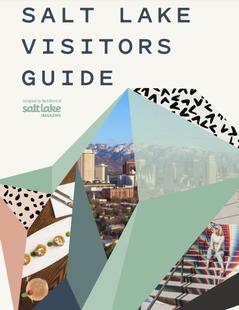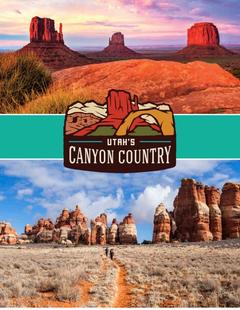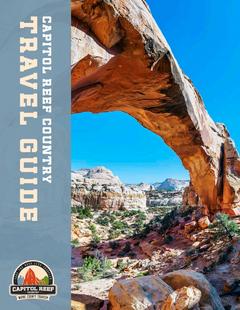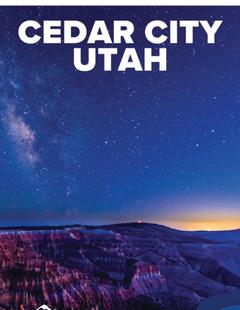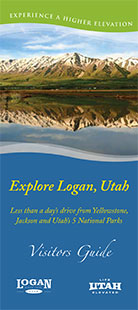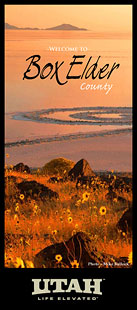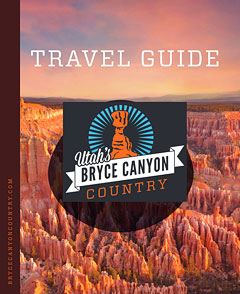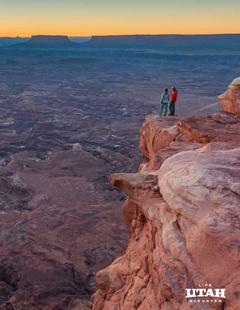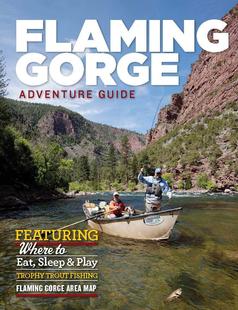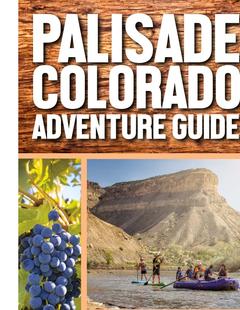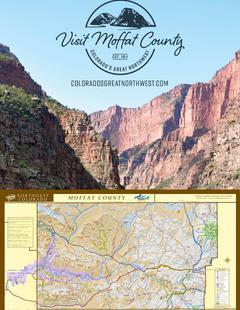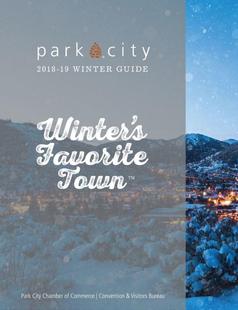Basics
- Length:
- 39 miles (62 km)
- Time:
- Can be made in an afternoon.
- Fees:
- Entrance fee to the BLM scenic loop
Description
Just outside of Las Vegas, State Route 159 winds through the 197,000-acre Red Rock Canyon National Conservation Area in the shadow of the majestic Spring Mountain Range. The area is a spectacular example of the Mojave Desert. Stunning formations abound in mixtures of burgundy and creme-colored sandstone. Take some time to relax and catch a glimpse of unique flora and animals such as the Desert Bighorn Sheep, bobcats, gray foxes, and wild burros. After a desert storm, hundreds of waterfalls appear, cascading down sheer rock walls.
More than one million visitors travel to the Red Rock Canyon National Conservation Area each year. There are more than 30 miles of hiking trails, picnic areas, and a visitor center operated by the Bureau of Land Management. The visitor center has excellent displays explaining the geology, history, plant and animal life, archaeology, and recreational opportunities.
Points of Interest
Points of Interest Along The Way
Bonnie Springs – Old Nevada (NV)
Old Nevada keeps the Wild West alive with a replica of an 1880s mining town built on the 115-acre Bonnie Springs Ranch. Bonnie Springs is only a 30-minute drive from Las Vegas, but it is centuries apart. Boarded sidewalks line the streets, saloons spot the area, and stagecoaches and tumbleweeds rumble down the roads. Bonnie Springs has all of the action of the old west in a perfect environment for families. Kids enjoy the petting zoo, cowboys and cowgirls, a miniature train ride, and a posse show. This old mining town also offers a lot of rough-and-tumble action as well. Simulated gunfights in the streets, an 1830s melodrama recreated in the Saloon, and even a public hanging. Museums and displays are located throughout the town. An 1800s style chapel is a perfect and beautiful location for weddings. An opera house, Old Nevada Stamp Mill, and Boot Hill Cemetery round out the town. Originally built in 1843 as a stopover for wagon trains, Bonnie Springs Ranch epitomizes the Wild West experience.
Directions
Located in the conservation area south of the loop and Mountain Springs Ranch S.P.
Red Rock Canyon Visitor Center (NV)
The Visitor Center is the first place travelers should stop on their journey. It is the focal point for visitor orientation. The facility offers information and interpretation about recreation opportunities, wildlife, vegetation, geology, cultural resources, and more. The visitor center covers 1,600 square feet and has an exhibit area. The exhibits are funded and created by RRCIA. The displays depict the cultural and natural resources of the Conservation area. There is even a Lizard Lounge where two lizards were rescued. Located within the visitor center is also a bookstore and gift store. This is a non-profit organization that researches and offers interpretive information about assisting with BLM educational endeavors. The book and gift store have displays of unique items, such as those created by local artisans, jewelry, books, and maps.
Directions
Red Rock Canyon Visitor Center is located at the beginning of the loop, right off of Hwy 159. The loop is a one-way road.
Spring Mountain Ranch State Park (NV)
This state park is located within the Red Rock Canyon National Conservation Area and is 520 acres. Unlike many state parks, Spring Mountain Ranch has had a long and colorful past. In the beginning, the many springs in the area provided water for Paiute Indians and later mountain men and early settlers. It began as a campsite in the mid-1830s and a welcome oasis for travelers. Travel around the area picked up and in 1876 the property was bought and a ranch was formed.
In 1948, Chet Lauck (Lum of the "Lum and Abner" radio show) bought the ranch and built the main ranch house. His ranch became a vacation retreat for his family, and he opened a boy's camp on the property. Lauck also built a large reservoir and named it "Lake Harriet" after his wife.
In 1955 German movie actress Vera Krupp bought the ranch. She was the longest residing owner and expanded the business of ranching. She also added a swimming pool and expanded the house. It remained her principal residence until 1967.
Today, the historical sites at the park include the main ranch house, Wilson Cemetery, Sandstone Cabin, Board and Batten bunkhouse, Blacksmith's Shop, Hay and Horse Barn/Corral, Two-Hole Outhouse, Chinchilla Shed, and many more. Visitors can take a self-guided tour through the main ranch house, as well as gather information about the ranch and the surrounding area.
The park is a haven in the desert. Located at 3,800 feet, the ranch is usually ten to fifteen degrees cooler than Las Vegas Valley. Because of this higher elevation, the ranch houses a diverse range of plant and animal life. Plants typical of the desert, as well as the woodland, can be seen. Since rainfall is adequate, the spring brings a burst of brightly colored wildflowers. Most animal life is nocturnal, so they are more difficult to see. Animals typical to the area include a variety of lizards and snakes, antelope ground squirrels, cottontails rabbits, kit fox, coyote, badger, and bighorn sheep.
Directions
Mountain Springs is located within the conservation area, past the loop south, a little off of Hwy 159.















